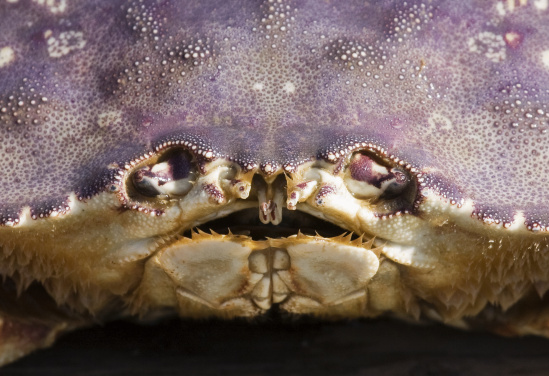Sad crab. Photo: Wikimedia.
State health officials are telling everyone to keep California crab far from their mouth-holes due to a bloom of domoic acid off the coast. The California Fish and Game Commission will meet in emergency session tomorrow morning to decide whether to delay the opening of the Dungeness crab fishery for both recreation and commercial harvesting. Recreational crabbing is currently set to open this Saturday.
From the California Department of Public Health:
The California Department of Public Health (CDPH) today advised consumers not to eat Dungeness and Rock crabs caught in waters between the Oregon border and the southern Santa Barbara County line, due to the detection of dangerous levels of domoic acid, a naturally occurring toxin.
Recent test results have shown persistently high levels of domoic acid in Dungeness crab and Rock crab, which have been caught along the California coastline. The levels have exceeded the State’s action level for the crabs’ body meat as well as the viscera, commonly referred to as crab butter, and therefore pose a significant risk to the public if they are consumed.
CDPH in conjunction with other state agencies will continue its sampling efforts to monitor domoic acid levels in Dungeness and Rock crabs until the levels subside and no longer exceed the State’s action level of 30 ppm in the viscera and 20 ppm in the meat. Domoic acid accumulation in seafood is a natural occurrence that is related to a “bloom” of a particular single-celled plant called Pseudo-nitzschia. The conditions that support the growth of this plant are impossible to predict, and it is unknown when the levels found in crab will subside. The health advisory will be lifted once the levels are no longer above acceptable levels.
Symptoms of domoic acid poisoning can occur within 30 minutes to 24 hours after eating toxic seafood. In mild cases, symptoms may include vomiting, diarrhea, abdominal cramps, headache and dizziness. These symptoms disappear within several days. In severe cases, the victim may experience trouble breathing, confusion, disorientation, cardiovascular instability, seizures, excessive bronchial secretions, permanent loss of short-term memory (a condition known as Amnesic Shellfish Poisoning), coma or death. There have been no reported illnesses associated with this event.

CLICK TO MANAGE